Submitted by WA Contents
Xinatli will be a stepped-pyramid-formed research museum built in the Mexican jungle
Mexico Architecture News - Feb 19, 2021 - 13:25 9720 views
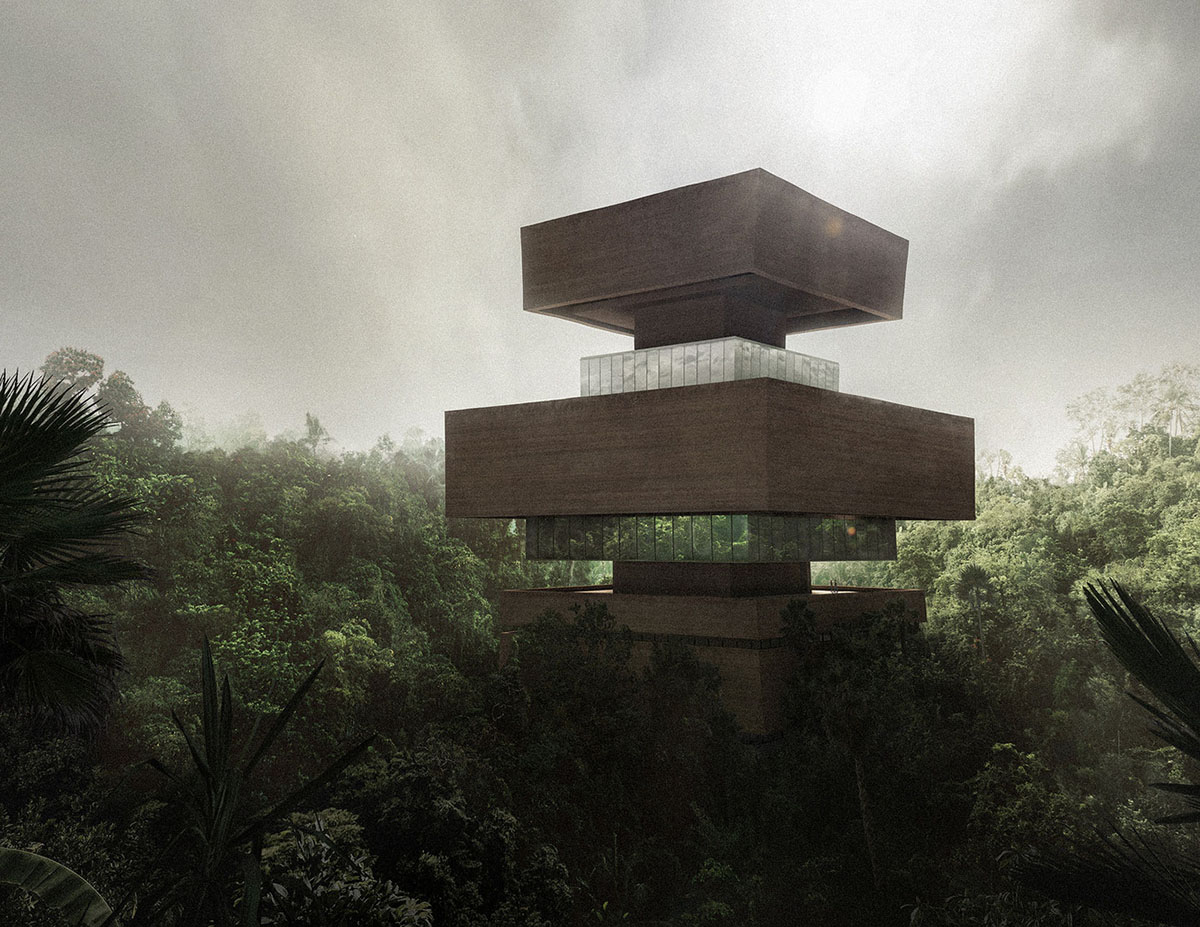
Oslo and Hamburg-based architecture practice Studio Viktor Sørless and Mexican studio Estudio Juiñi have unveiled design for a new research museum that is made of a stepped-pyramid form in the Mexican jungle.
Called Xinatli, the project, commissioned by Xinatli's founder, the Mexican art collector Fernanda Raíz's non-profit organisation Fundación Raíz, the research museum is planned to be constructed on the edge of the tropical rainforest in southern Mexico.
The museum's focus will be on people, art and science, aiming to explore how these can coexist in harmony in the 21st century.
In design, the team proposed a stepped pyramid which is an archetypal component of the majority of cultures in Asia, Africa, Europe and Latin America.
As the team highlights, the step pyramid is derived from Mesoamerican culture, through the Olmecs, Maya and Aztecs.
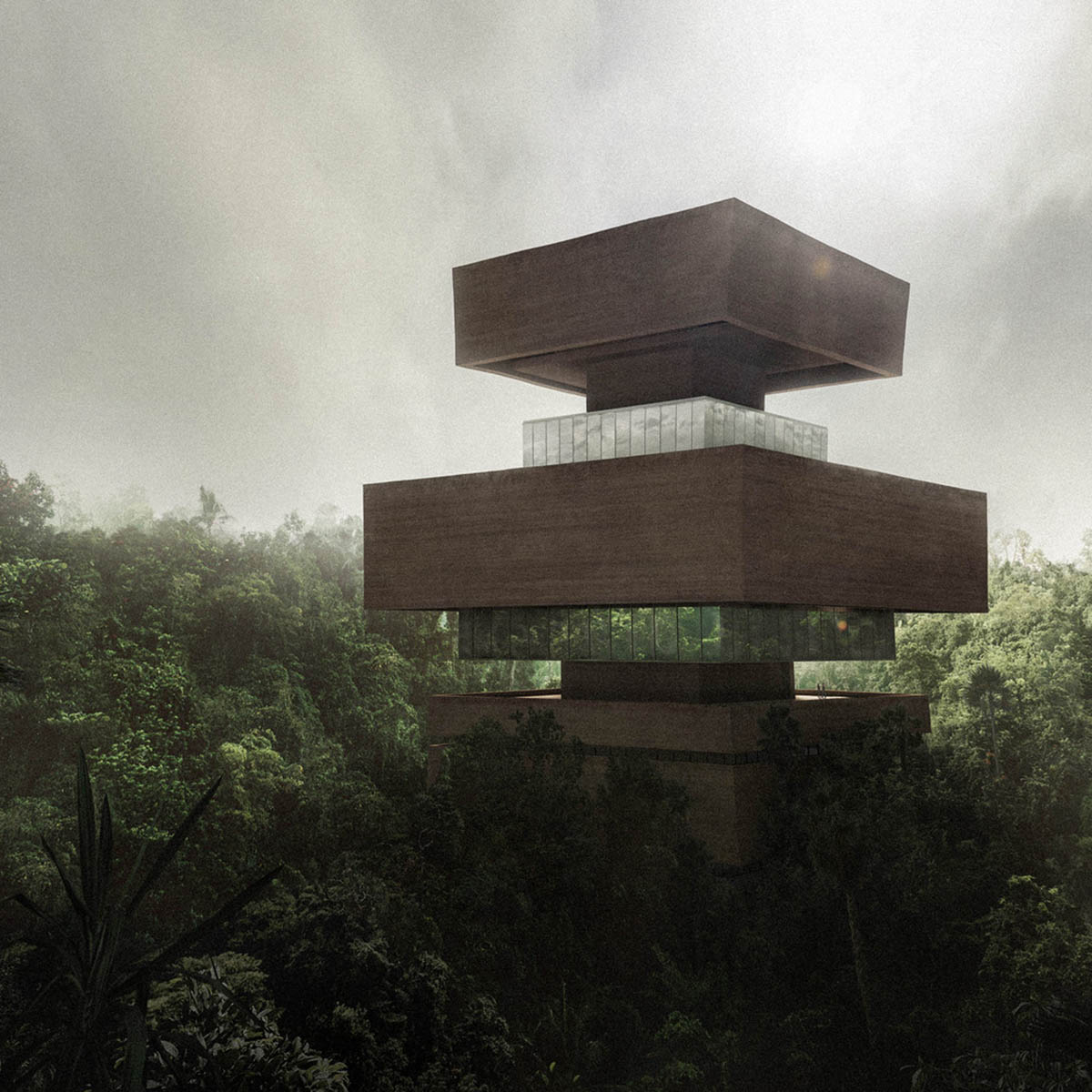
The name of the research museum, Xinatli, emerges from the word Xinachtli based on the Nahua language and describes "the moment when a seed germinates and opens out into life-giving form." "The word symbolises the idea of creation and pays tribute to the potential for metamorphosis."
The team choice a 90-hectare area from a cleared forest as the location for the research museum. As the studio details, the land has previously been impacted by illegal logging activity and the plan is to reforest it over the coming years.
"The path to a new society leads through a critique of the pyramid and the pyramid society – so wrote Mexican author Octavio Paz in “The Labyrinth of Solitude”," said Studio Viktor Sørless.
"It was important to us to reference the step pyramid, to reconfigure and reinterpret it," said Viktor Sørless.
"The step pyramid is a symbol of a class society, the split between the rich at the top and the poor at the bottom. Our design deconstructs this hierarchy."
For the museum, the team lift the lowest and widest plinth into the centre. This approach also brings it up to the height of the tallest trees, which places it eye-to-eye with nature for visitors.
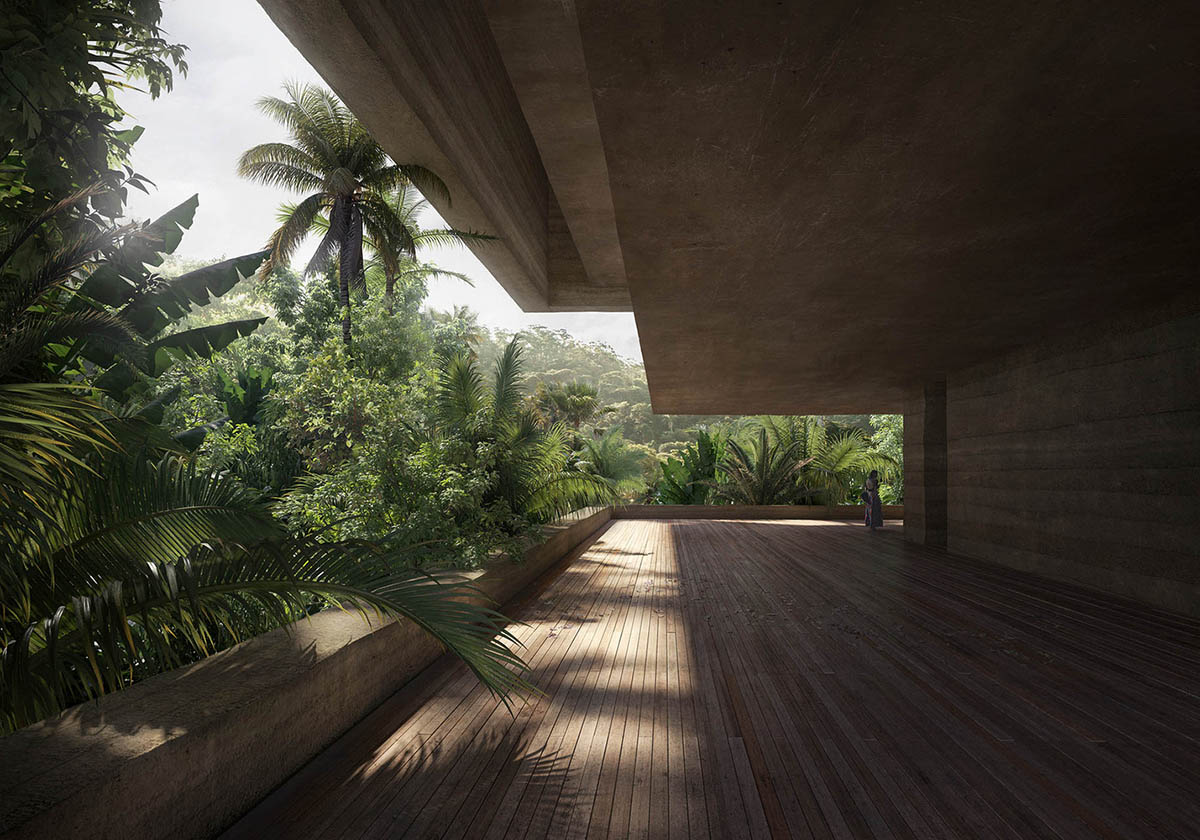
Creating a platform providing uninterrupted views over the green surroundings, the concept of the building is conceived as "an organism intertwined with the jungle around it."
The construction of the museum will incorporate the skills of local craftspeople and indigenous knowledge. The architects explained that "In the “xa’anil naj” construction method of the Yucatec Maya, trees used in the supporting framework are not uprooted and put in position but are often planted."
"An inspection of the location allowed both studios to identify trees that could later be used as “living supports” in the construction."
Studio Viktor Sørless has spent many years exploring the use of earth in construction and sees it as the building material of the future. "I see earth as offering unbeatable benefits," explained Viktor Sørless.
"We have been using this building material ever since humans starting settling; it’s there at our feet, in the ground, as humus, in essence as a kind of cement for a more humane way of building. Earth can be reintroduced into the cycles of nature and makes ecological sense."
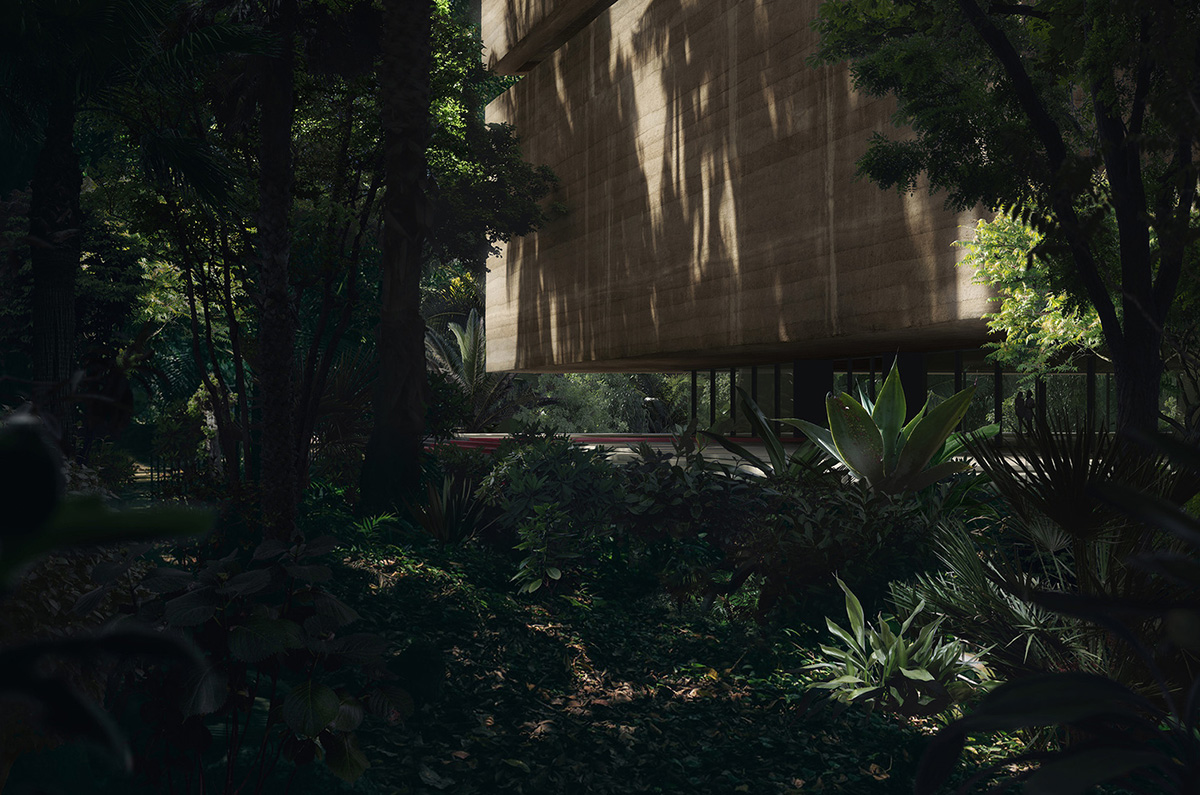
Considering the weather conditions in a tropical rainforest, as the studio explained, it was necessary to enhance the strength and water resistance of the earth used in this construction.
In this sense, the architects will use a new earth mixture using sisal fibres and chukum resin, was developed with the help of local expertise.
The building will be built by using the rammed earth method. A so-called “organic gridwork”, made with sisal fibres and with a mesh size of one centimetre, will be used to prevent any potential cracking.
"This kind of strengthening is similar to that used in reinforced concrete structures to allow walls to be subjected to heavier loads. Wood is used to construct the supporting framework," Studio Viktor Sørless added.
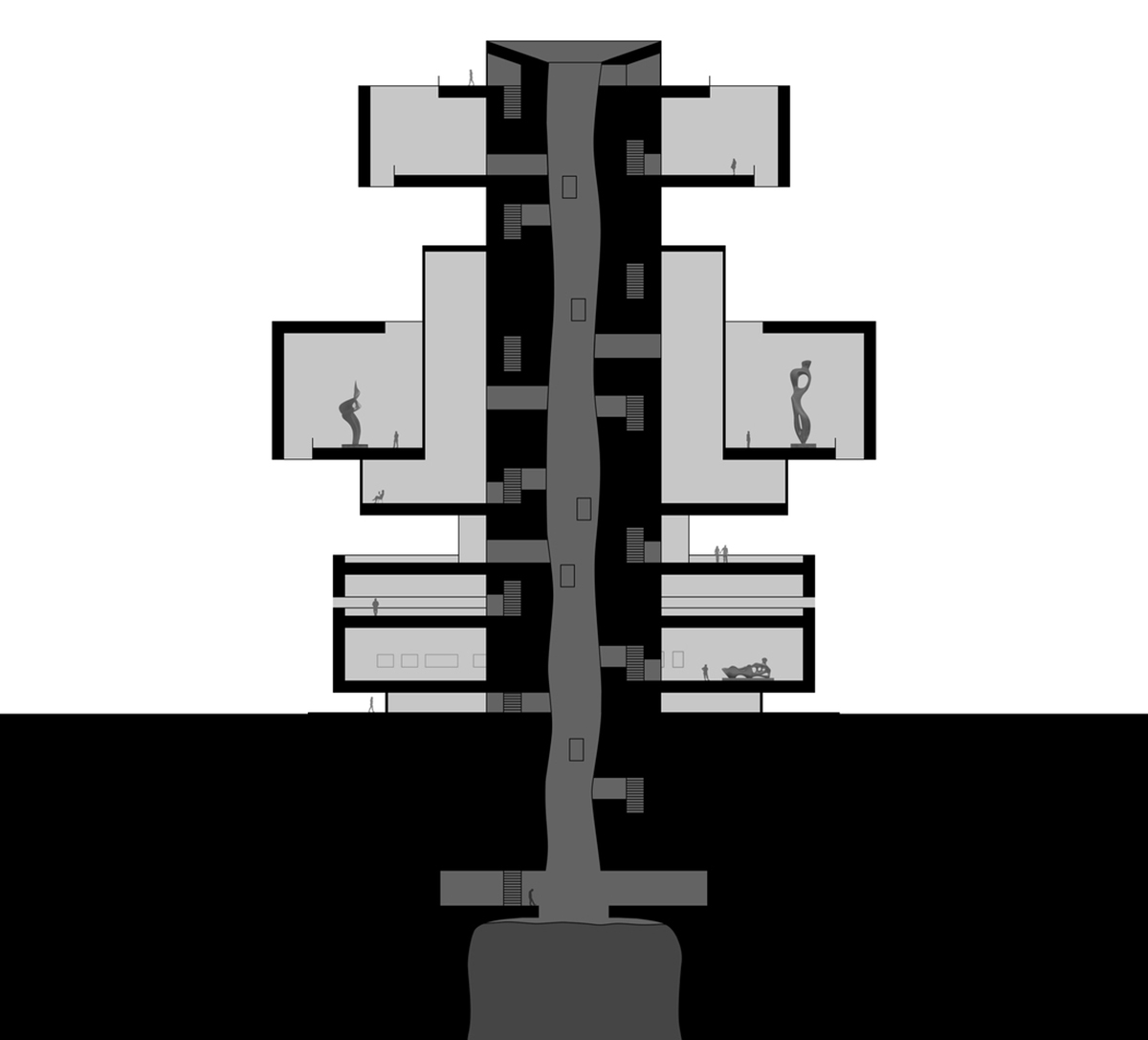
Image courtesy of Studio Viktor Sørless
"The building is a fusion of indigenous architecture and engineering expertise. Yet the plan is not to create a building that will last forever. It needs to be looked after, otherwise it will degrade. This element of transience acknowledges that life is a process of growing, perishing and becoming – and that we humans can make a conscious decision about how we treat our environment," continued Viktor Sørless.
"It now appears more urgent than ever to help create a climate change in people’s minds. Art, and with it a different kind of perception, an ecological way of building, a cultural engagement with ‘the between’, can help sustain continuity of life on our planet," said Fernanda Raíz, the founder of Xinatli.
The project is in design and planning stage, construction date has not yet been announced.
Project facts
Client: Fundación Raíz
Architecture: Studio Viktor Sørless, Estudio Juiñi
Status: Planned for Construction
Year: 2021 – ongoing
Location: Mexico, reforested area on the edge of tropical rainforest
All images © bloomimages, bloomrealities
> via Studio Viktor Sørless
